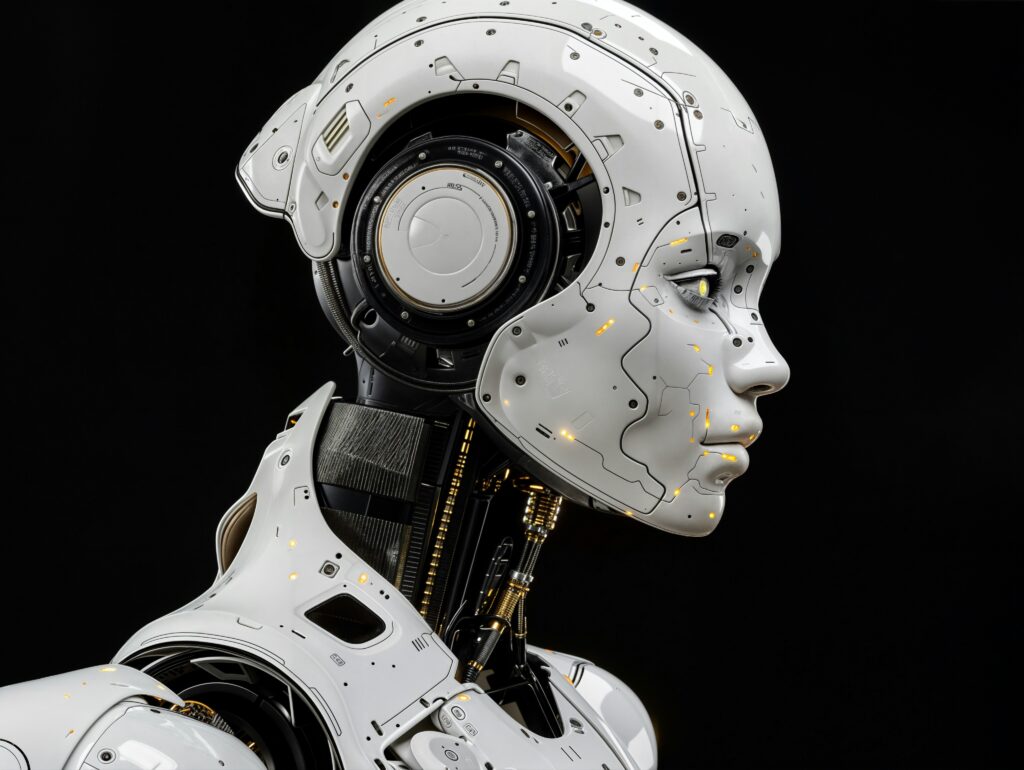Are you ready to meet your new coworker? No, it’s not a person—it’s a robot. As businesses continue to embrace automation and artificial intelligence, the rise of robotic employees is becoming more common than you might think.
According to a recent report by the International Federation of Robotics, the number of industrial robots deployed worldwide is expected to reach 3 million by the end of 2020. This influx of robotic workers is revolutionizing industries such as manufacturing, healthcare, and retail, where tasks that were once performed by humans are now being completed by machines with speed and precision.
But what does this mean for the future of work? While some fear that robots will replace human jobs, others believe that they will complement human employees, allowing them to focus on more creative and strategic tasks. As Professor Kate Darling of the Massachusetts Institute of Technology puts it, “We’re still a long way from truly intelligent machines, but we are getting better at creating robots that can work alongside humans in a variety of settings.”
The integration of robots into the workforce raises important questions about ethics, regulation, and the impact on society as a whole. As businesses navigate this technological shift, it will be crucial to consider the implications of a world where humans and robots work side by side. In the end, the key will be finding a balance that maximizes the potential of both human and robotic employees, ensuring a future where innovation and collaboration go hand in hand.



